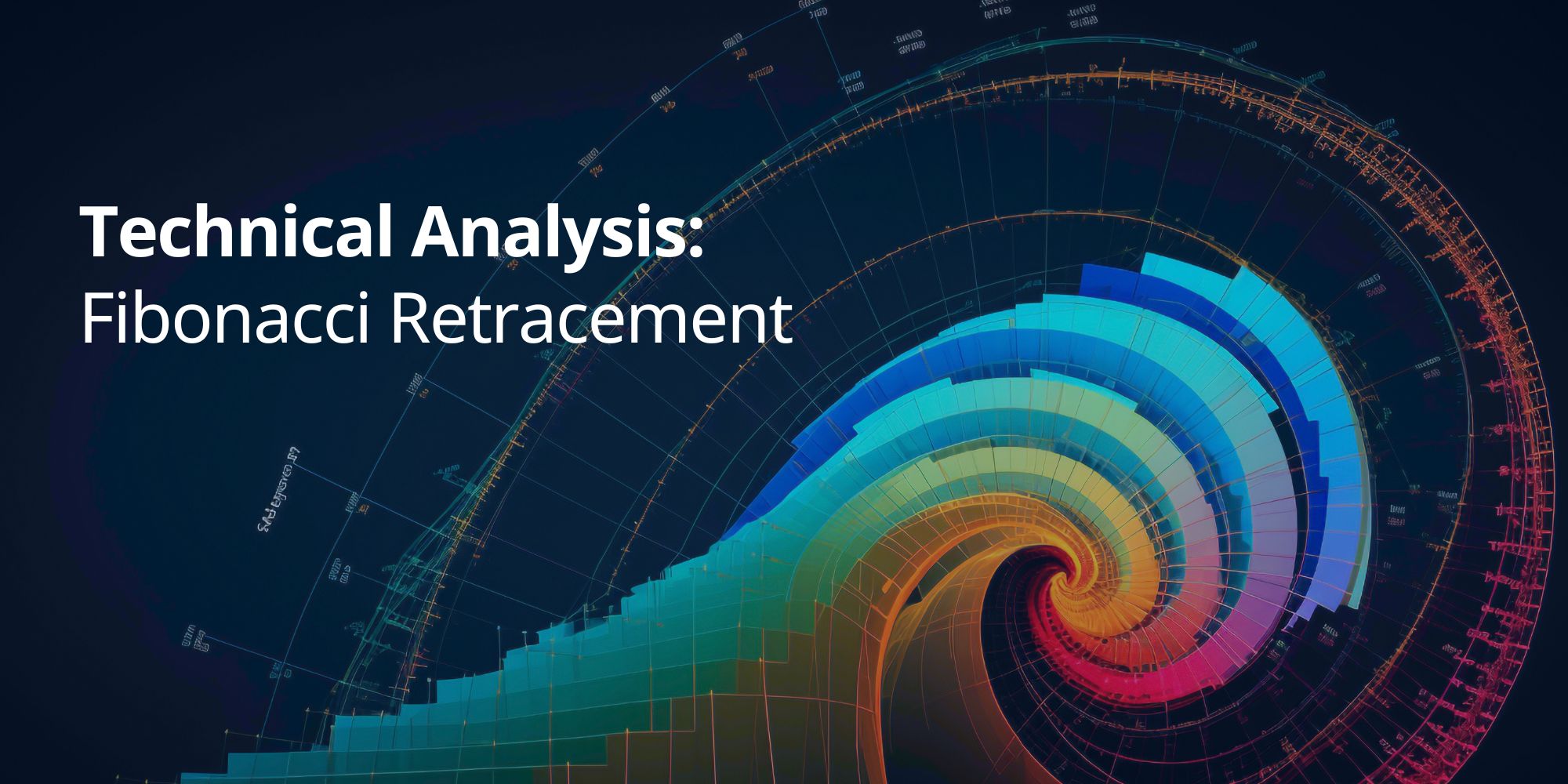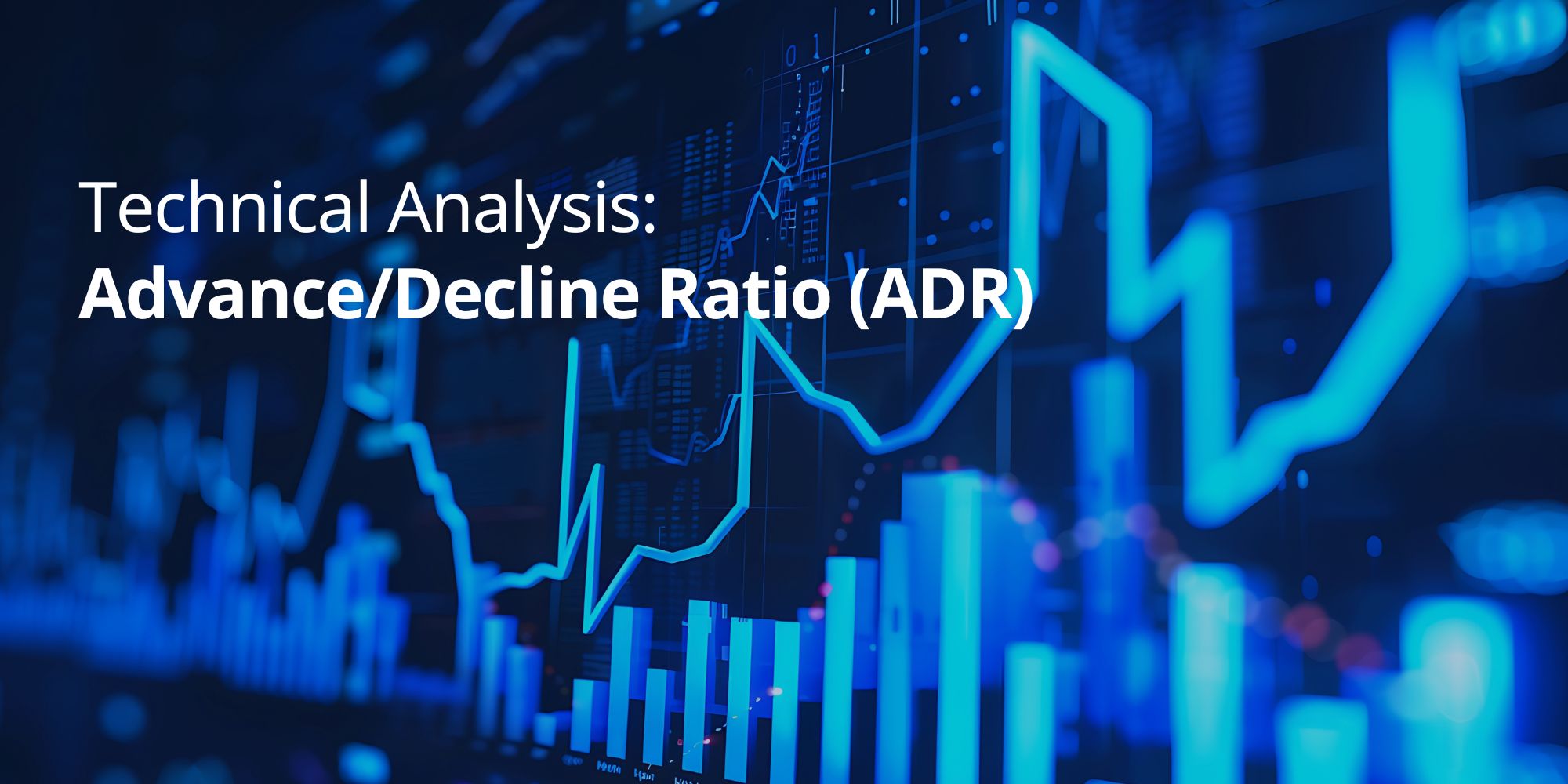Introduction
Want to identify key support and resistance levels in the market? Fibonacci Retracement is a valuable tool that can help. This popular technical indicator uses a series of ratios derived from the Fibonacci sequence to pinpoint potential areas where the price might reverse or stall.
In this comprehensive guide, we’ll explore Fibonacci Retracement in detail, covering its definition, calculation, interpretation, and practical applications in trading. Learn how to use this powerful indicator to enhance your trading strategies and make more informed decisions in the financial markets.
What is Fibonacci Retracement?
Fibonacci retracement is a popular tool in technical analysis to identify potential support and resistance levels. It’s based on the Fibonacci sequence, a series of numbers where each number is the sum of the two preceding numbers (e.g., 0, 1, 1, 2, 3, 5, 8, 13, 21…).
This sequence has a unique mathematical property where the ratio between consecutive numbers approaches 1.618, known as the Golden Ratio. This ratio appears throughout nature and is believed to have relevance in financial markets as well.
In technical analysis, Fibonacci Retracement levels are derived from this sequence and are used to identify potential areas where a price trend might reverse or pull back. These levels are often used by traders to determine entry and exit points, set stop-loss orders, and manage risk.
Fibonacci Ratios
The most commonly used Fibonacci ratios are:
- 23.6%
- 38.2%
- 50% (not officially a Fibonacci ratio, but commonly used)
- 61.8%
- 100%
Identifying Support and Resistance
To use Fibonacci Retracement, traders first identify a significant price swing (uptrend or downtrend) on a chart. They then draw Fibonacci retracement levels between the high and low points of that swing.
These levels act as potential support and resistance zones. When the price retraces (pulls back) from a recent high or low, it often finds support or resistance at or near these Fibonacci levels.
Example:
If a stock’s price rises from $10 to $20, then starts to pull back, traders might watch for potential support at the Fibonacci retracement levels of:
- 23.6% retracement: $17.64
- 38.2% retracement: $16.18
- 50% retracement: $15.00
- 61.8% retracement: $13.82
Why Fibonacci Retracement Works
The effectiveness of Fibonacci Retracement is often attributed to the psychological behavior of traders and investors. Many traders watch these levels, and their collective actions can create self-fulfilling prophecies, where the price reacts to these levels as anticipated.
Key Takeaways:
- Fibonacci Retracement is a simple but powerful tool for identifying potential support and resistance levels.
- It’s based on specific ratios derived from the Fibonacci sequence.
- By understanding how Fibonacci Retracement works, traders can improve their entry and exit points, manage risk, and enhance their trading strategies.
Plexytrade provides traders with access to the Fibonacci Retracement tool and a wide range of other technical indicators on its advanced trading platforms. Our educational resources and market insights can help you learn how to use these tools effectively and enhance your trading strategies.
Advantages of Using Fibonacci Retracement
- Clear and Static Levels: Fibonacci Retracement levels are static, meaning they don’t change once they’re drawn on the chart. This makes them easy to identify and use, even for beginners. Unlike moving averages or other dynamic indicators, Fibonacci levels provide clear reference points for potential support and resistance zones.
- Versatile Applications: Fibonacci Retracement can be applied to various financial instruments, including stocks, indices, commodities, and currencies. It’s a versatile tool that can be used in different trading strategies and across different timeframes.
- Effective in Identifying Support and Resistance: Fibonacci Retracement levels can be surprisingly effective in identifying potential support and resistance zones. When the price retraces (pulls back) from a recent high or low, it often finds support or resistance at or near these Fibonacci levels.
- Risk Management: Fibonacci Retracement levels can help traders manage risk by providing potential entry and exit points, as well as stop-loss levels. By identifying these key levels in advance, traders can plan their trades more strategically and limit potential losses.
Limitations of Using Fibonacci Retracement
While Fibonacci Retracement is a popular and often effective tool, it’s important to be aware of its limitations:
- No Guarantee of Reversals: Fibonacci Retracement levels indicate potential support and resistance zones, but they don’t guarantee that the price will reverse at those levels. The price might break through these levels, especially if there’s strong momentum or news events that influence the market.
- Subjectivity in Drawing Levels: The accuracy of Fibonacci Retracement depends on correctly identifying the high and low points used to draw the levels. Different traders might choose different points, leading to variations in the retracement levels and potentially different interpretations.
- Not Ideal for All Market Conditions: Fibonacci Retracement works best in trending markets where there are clear price swings. In choppy or sideways markets, where the price is not making clear highs and lows, Fibonacci Retracement might not be as effective.
- Limited Predictive Power: Fibonacci Retracement is not a predictive indicator. It doesn’t forecast future price movements but rather identifies potential areas where the price might react.
- Not Suitable for Algorithmic Trading: Because Fibonacci Retracement requires subjective input to draw the levels, it’s not always suitable for automated trading systems or algorithms that require precise and objective rules.
Mitigating the Limitations
To overcome these limitations, traders can:
- Combine with Other Indicators: Use Fibonacci Retracement in conjunction with other technical indicators, such as moving averages, trend lines, or momentum oscillators, to confirm signals and filter out false signals.
- Consider Market Context: Always interpret Fibonacci Retracement levels in the context of the overall market environment. Consider factors such as news events, economic data releases, and the broader market trend when making trading decisions.
- Practice Risk Management: Use appropriate risk management techniques, such as stop-loss orders and position sizing, to limit potential losses.
Fibonacci Retracement is generally used as part of a comprehensive trading strategy. By understanding its limitations and combining it with other analytical tools, traders can make more informed decisions and improve their trading outcomes.
Using Fibonacci Retracement for Risk Management
Fibonacci Retracement can be a valuable tool for managing risk in trading. Here’s how traders can use it effectively:
1. Identify Potential Support and Resistance Levels
Fibonacci Retracement levels can help identify potential support and resistance zones. These are areas where the price might be more likely to reverse or stall. By recognizing these levels in advance, traders can plan their trades more strategically and manage their risk more effectively.
2. Set Stop-Loss Orders
Traders can use Fibonacci Retracement levels to set stop-loss orders. A stop-loss order is an order to sell a security at a predetermined price if the price starts to move against your position. This helps to limit potential losses.
Example:
Let’s say you buy a stock at $100, and you identify a potential support level at the 61.8% Fibonacci retracement level, which is $90. You could set a stop-loss order at $89, just below the support level. This way, if the price falls below the support level, your stop-loss order will be triggered, and your position will be closed, limiting your loss.
3. Determine Position Size
Fibonacci Retracement levels can also help traders determine their position size. By assessing the distance between their entry point and their stop-loss level (which might be based on a Fibonacci level), traders can calculate how much they are willing to risk on a particular trade.
4. Identify Profit Targets
Fibonacci extension levels, which are Fibonacci levels that extend beyond the initial price swing, can be used to identify potential profit targets.
Key Takeaways:
- Fibonacci Retracement levels can help traders identify potential support and resistance zones.
- These levels can be used to set stop-loss orders and determine position size.
- By using Fibonacci Retracement for risk management, traders can potentially improve their trading outcomes and protect their capital.
Common Mistakes to Avoid When Using Fibonacci Retracement
While Fibonacci Retracement can be a powerful tool for traders, it’s important to be aware of some common pitfalls to avoid:
- Drawing Levels Between Unrelated Points: The accuracy of Fibonacci Retracement depends on correctly identifying the high and low points used to draw the levels. If you choose unrelated or insignificant points, the resulting retracement levels might not be meaningful or provide accurate support and resistance zones.
- Relying Solely on Fibonacci Retracement: Fibonacci Retracement should not be used as a standalone indicator for making trading decisions. It’s most effective when used in conjunction with other technical indicators, price action analysis, and market context. Relying solely on Fibonacci Retracement can lead to misinterpretations of market conditions and potentially unprofitable trades.
- Ignoring Other Market Factors: Don’t forget to consider other market factors, such as news events, economic data releases, and the overall market trend, when using Fibonacci Retracement. These factors can significantly influence price movements and potentially invalidate the signals provided by the indicator.
- Overlooking Confluence: Look for confluence, or the alignment of multiple indicators and support/resistance levels, to increase the probability of successful trades. For example, a Fibonacci retracement level that coincides with a horizontal support level and a bullish candlestick pattern could provide a stronger signal than a Fibonacci level alone.
- Not Adjusting to Volatility: In highly volatile markets, the price can move erratically and breakthrough Fibonacci retracement levels more easily. Consider adjusting your stop-loss orders or using other risk management techniques to account for increased volatility.
Fibonacci Retracement: A Tool for Professionals and Beginners Alike
Why Professionals Use Fibonacci Retracement
Professional traders often use Fibonacci Retracement to:
- Identify key support and resistance levels.
- Confirm potential trend reversals.
- Set stop-loss orders and profit targets.
- Manage risk effectively.
Combining with Other Tools
While professional traders might use Fibonacci Retracement, they rarely rely on it as a standalone indicator. They often combine it with other technical analysis tools, such as:
- Moving averages: To confirm the direction of a trend.
- RSI: To identify overbought or oversold conditions.
- MACD: To assess momentum.
- Chart patterns: To identify potential breakouts or reversals.
Conclusion
Fibonacci Retracement is a valuable tool that can help traders identify potential support and resistance levels in the market. By understanding how to apply Fibonacci Retracement and combine it with other technical indicators, you can enhance your trading decisions and improve your chances of success.
Plexytrade equips you with the resources you need to effectively utilize Fibonacci Retracement in your trading. Our advanced trading platforms, educational materials, and market insights empower you to:
- Analyze Fibonacci Retracement levels and interpret their significance.
- Identify potential entry and exit points for your trades.
- Set stop-loss orders and manage risk effectively.
- Combine Fibonacci Retracement with other indicators for a comprehensive view of the market.
Ready to enhance your trading skills? Sign up with Plexytrade.com today and unlock the power of Fibonacci Retracement.















